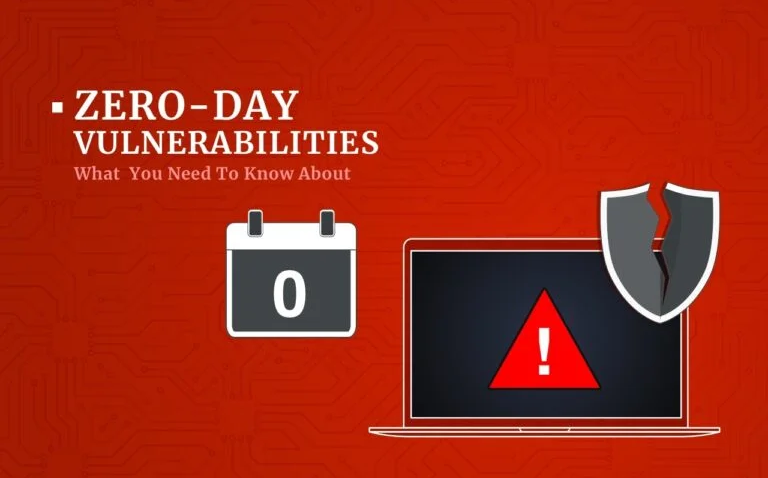Introduction
In the ever-evolving landscape of cybersecurity, organizations face threats that extend beyond conventional attack surfaces. The Dark Web, a concealed part of the internet, has become a breeding ground for cybercriminal activities, including data breaches, ransomware operations, and illicit trade. Dark Web Threat Intelligence (DWTI) is now a critical component of cybersecurity strategies, enabling organizations to proactively identify and mitigate risks before they escalate into full-scale attacks.
Understanding the Dark Web
The internet is divided into three layers:
- Surface Web – Publicly accessible websites indexed by search engines.
- Deep Web – Private databases, corporate intranets, and restricted content.
- Dark Web – Encrypted, anonymous networks where cybercriminals operate.
Cybercriminals leverage the Dark Web to trade stolen credentials, exploit vulnerabilities, and coordinate cyberattacks. Organizations must monitor these underground activities to stay ahead of emerging threats.
The Strategic Importance of Dark Web Intelligence
1. Early Threat Detection
- Identifies leaked credentials before they are exploited.
- Detects discussions about vulnerabilities targeting specific industries.
2. Proactive Cyber Defense
- Enables security teams to anticipate attacks rather than react to breaches.
- Helps organizations strengthen defenses based on real-time intelligence.
3. Risk Assessment & Compliance
- Assists in evaluating potential threats to critical assets.
- Supports regulatory compliance by mitigating data exposure risks.
Leveraging Dark Web Intelligence
1. Automated Threat Monitoring
- AI-driven tools scan underground forums, marketplaces, and breach dumps.
- Machine learning models analyze patterns to predict cyber threats.
2. Dark Web Crawlers & Data Mining
- Specialized crawlers extract actionable intelligence from hidden networks.
- Data enrichment techniques validate and prioritize security alerts.
3. Collaboration with Cybersecurity Experts
- Partnering with threat intelligence firms enhances security posture.
- Sharing insights within industry networks strengthens collective defense.
Challenges & Ethical Considerations
1. Legal & Ethical Boundaries
- Accessing Dark Web data must comply with privacy laws and ethical standards.
- Organizations must ensure responsible intelligence gathering.
2. False Positives & Noise
- Filtering relevant intelligence is critical to avoid unnecessary alerts.
- AI-driven analytics help refine actionable insights.
3. Operational Security Risks
- Engaging with Dark Web sources requires secure access protocols.
- Cybersecurity teams must mitigate exposure risks while gathering intelligence.
Conclusion
Dark Web Threat Intelligence is no longer optional – it is a strategic necessity for cybersecurity resilience. By integrating advanced monitoring, AI-driven analytics, and collaborative intelligence, organizations can stay ahead of cyber threats and protect their digital assets.

